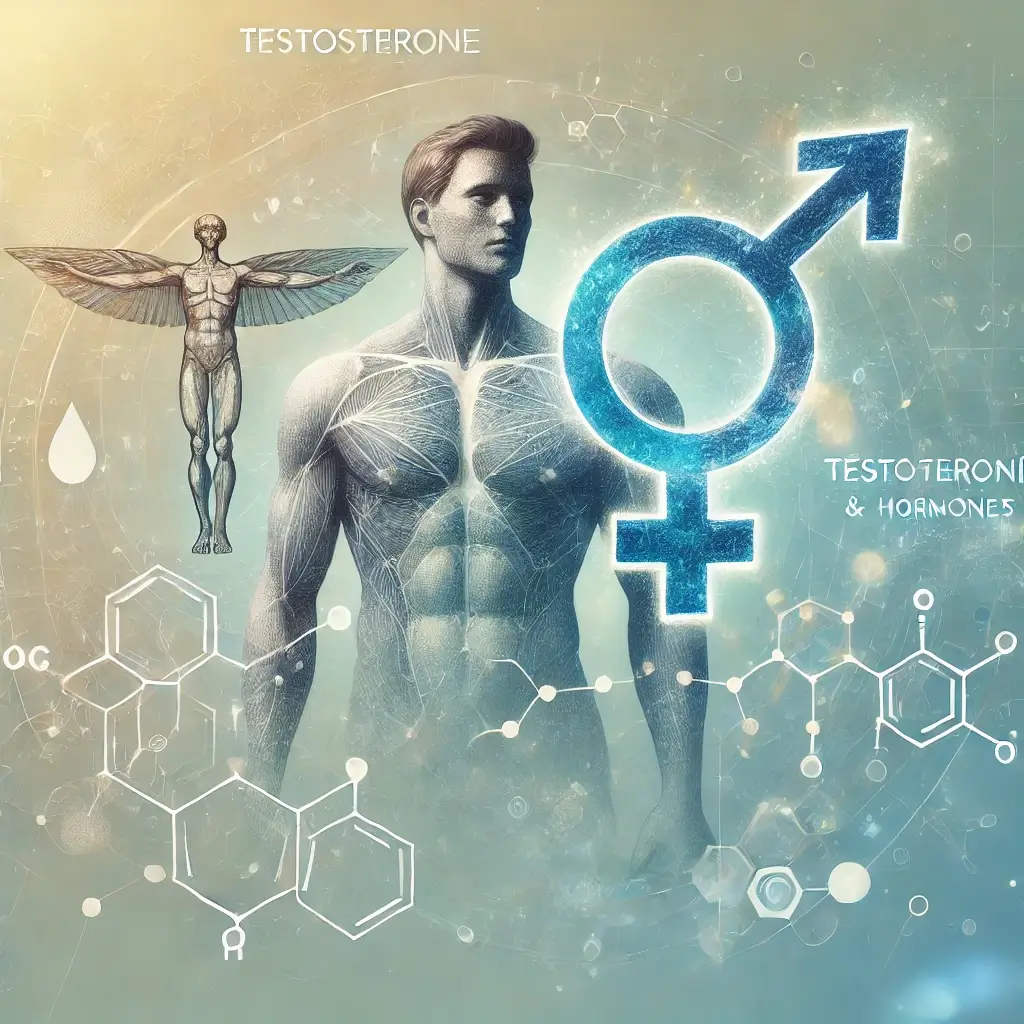The Importance of Free Testosterone: What Every Man Should Know
Understanding Free Testosterone Levels
Determining a “healthy level” of free testosterone in the body can be challenging due to various factors. Age plays a significant role, as testosterone levels naturally decrease with age. What’s considered healthy for a man in his 20s and 30s might differ for someone in his 60s and beyond.
Laboratory Reference Ranges
Laboratory reference ranges may vary slightly between facilities. However, a general guideline suggests that a normal free testosterone level for adult males ranges between 46 and 244 picograms per deciliter (pg/dL). This range is based on comprehensive research and analysis of data from healthy individuals.
Factors Affecting Free Testosterone Levels
It’s crucial to note that free testosterone levels can fluctuate throughout the day and may be influenced by factors such as stress, physical activity, and diet. Individual differences in metabolism and testosterone sensitivity can also affect the ideal range for each person.
Importance of Regular Monitoring
Regular monitoring of free testosterone levels, combined with a comprehensive assessment of overall hormonal balance, can help medical practitioners identify and address any imbalances or deficiencies. This information can be used to develop personalized treatment strategies to improve hormonal health and overall well-being.
Collaboration with Healthcare Professionals
Individuals should work closely with their healthcare providers to understand their free testosterone levels and interpret the results. By maintaining healthy levels of free testosterone, individuals can ensure optimal physical, mental, and sexual function.
Free Testosterone vs. Total Testosterone
When evaluating testosterone status, it’s important to consider both free testosterone and total testosterone levels. Medical professionals often take both into account, and may also consider SHBG levels. Even with normal free testosterone levels, a man may experience symptoms of low testosterone, such as fatigue, decreased libido, or erectile dysfunction.
Seeking Professional Evaluation
A free testosterone level alone may not be sufficient to diagnose low testosterone. Consulting a physician is crucial for proper evaluation. They can interpret test results based on age, symptoms, and overall health, and may recommend additional testing or treatment options.
Additional Resources
For more information, consider visiting the American Urological Association (AUA) website for details on testosterone replacement therapy, or the Mayo Clinic’s resource on low testosterone. Remember, open communication with a physician is key to understanding your testosterone levels and their potential impact on your health.













